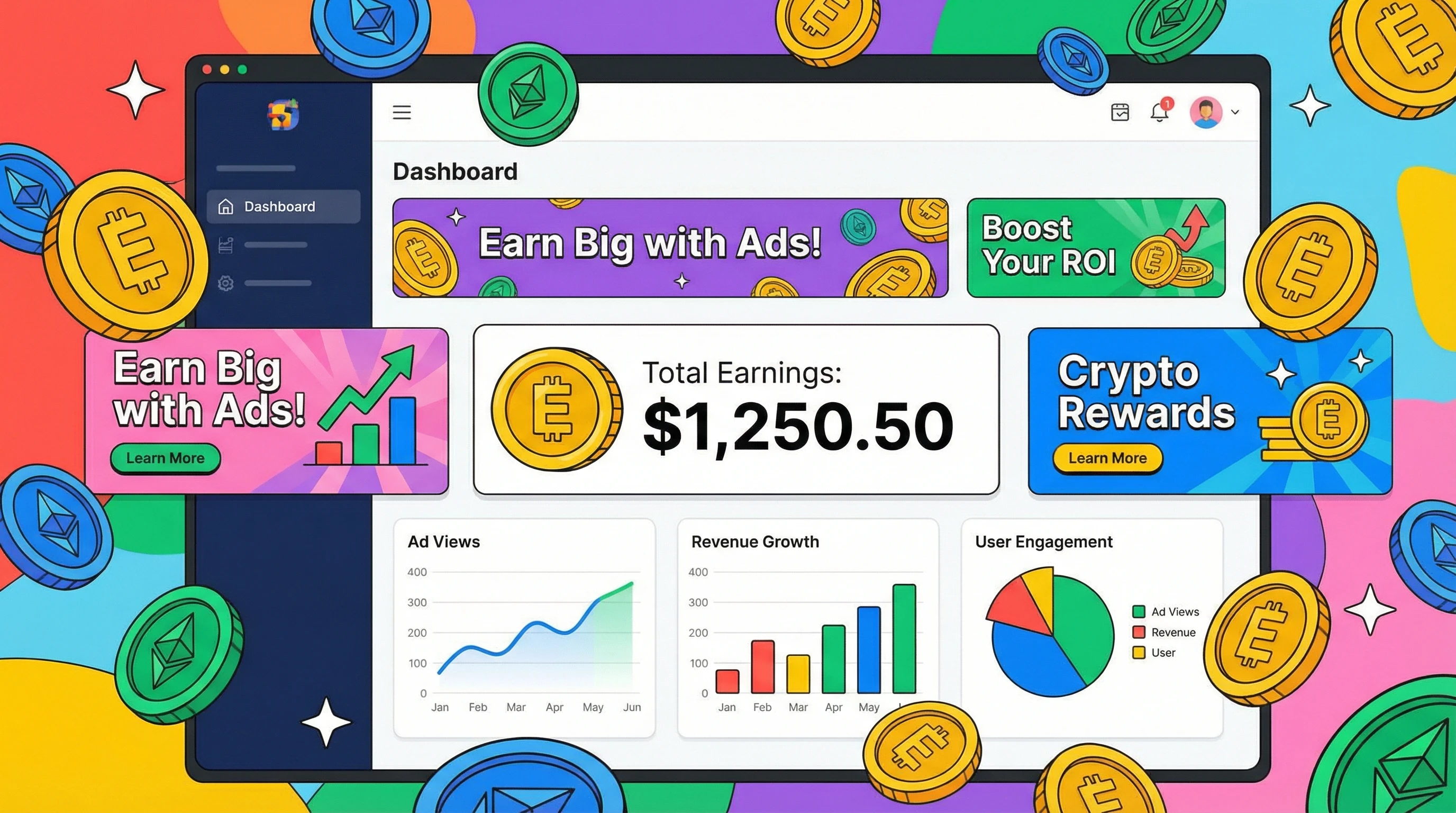If you’ve ever tried piecing together an affiliate marketing income stream, you probably know how tricky it can be. I remember struggling to figure out what programs to join, wrestling with complicated website setups, and constantly chasing new tools and systems that promised easy commissions. Finding something that wraps all of that together and actually works? That’s pretty rare.
That changed for me when I started using PluginProfitSite, built by Stone Evans. It isn’t just another online marketing gimmick. It’s a real toolkit that combines the top paying affiliate programs with proven training and done for you business systems. Over twenty years later and now fully revamped for 2026, PluginProfitSite is still a solid choice for anyone who wants to break into affiliate marketing and tap into multiple income streams, all under one roof.

Why New Affiliate Marketers Get Stuck (and How PluginProfitSite Helps)
Most people who try their hand at affiliate marketing hit a few common snags:
- Not knowing which affiliate programs are worth promoting.
- Not having a website or technical skills to set one up.
- Struggling to drive consistent, real traffic that actually converts.
- Feeling overwhelmed by all the moving parts, funnels, autoresponders, banners, follow-ups, and more.
PluginProfitSite bundles everything up. It gives you access to pre-picked, high income affiliate programs and takes care of the tech stuff, so you can start building traffic and getting commissions much sooner.
What is PluginProfitSite and Who’s Behind It?
PluginProfitSite is an all in one affiliate marketing system that’s been around since 2000, created by Stone Evans, a name most affiliate marketers have bumped into over the years. The whole idea is to help everyday people, regardless of their experience, set up a fully functioning affiliate business in record time. The latest refresh for 2026 sticks to the same mission, just with the hottest, highest paying programs included for even stronger income potential.
Here’s how PluginProfitSite is set up now:
- Infinity Traffic Boost: Drives lots of traffic to your offers, while letting you earn from a built in revenue sharing system.
- Wealthy Affiliate: Provides deep-dive training and a supportive community for steady business growth.
- LeadsLeap: A traffic and lead generation tool that helps you build your email list right from the start.
- Traffic Authority: Lets you purchase high quality traffic from a trusted source, so you never run dry.
- Udimi: Makes solo ad buying super simple for extra website visitors and fresh leads.
- State of the Art Mailer: Builds your reach with robust email marketing automation and a huge network of users.
- Buckets of Banners: A banner advertising hub for getting your offers seen across lots of sites.
- GreatLife Worldwide: Directs you to valuable health and lifestyle affiliate offers, adding even more commissions.
- GotBackup: Adds a recurring income product that people actually want, a modern, secure cloud backup solution.
My Experience: Setting Up with PluginProfitSite
When I got started, the first thing I noticed was how much hand holding goes on (in a good way). Here’s the work process and what results I saw:
- Within a day, my lead capture website was up and sorted, no coding headaches, no design dramas.
- The step by step video training helped fill in any gaps. Even as someone who’s seen a lot of these systems, I picked up some neat tips.
- My autoresponder and email followups were preloaded, so instantly I had a way to keep in touch with every lead automatically.
- I plugged into all the recommended programs. This meant every new signup or customer had a path to multiple program offers, more streams, more chances for income.
- After throwing some traffic at the site, I started seeing opt ins and, soon after, my first commissions. Not massive right out of the gate, but steady and encouraging.
This was way less stressful than juggling everything solo. I could focus on content and traffic, not wrestling with a million platforms.
What Makes PluginProfitSite Worth Checking Out?
Done for You Website and Funnel
You don’t need to buy anything extra or learn technical stuff. Plug in your affiliate IDs, follow the setup, and your system is ready. It’s perfect if you’re busy or just don’t like messing with website code or hosting.
Top Affiliate Programs Chosen for You
This new version of PluginProfitSite only includes programs that pay reliably and are in demand: traffic, online business, health, and backup services. All of these pay recurring commissions or high ticket payouts, so you aren’t working for peanuts.
Simple Traffic Training (and Traffic Sources Built In)
No matter how slick your site is, you need eyeballs on it for anything to happen. PluginProfitSite gives you step by step training on traffic, plus access to built in sources like Infinity Traffic Boost and Traffic Authority, so you never run out of ways to get new leads.

Community and Support
It’s easy to stall out if you’re going it alone. PluginProfitSite taps into networks like Wealthy Affiliate and LeadsLeap, so you have people to lean on, share ideas with, or just troubleshoot if you get stuck.
Who Should Use PluginProfitSite?
- Anyone brand new to affiliate marketing who wants a shortcut to a real business setup.
- Busy folks who’d rather not deal with technical headaches or endless program research.
- Marketing veterans who want a fresh multiple income funnel that’s always up to date.
All the tedious backend tasks are sorted, which makes it easier to get to the good part, connecting with leads and earning from real traffic.
How to Get Started (and Make the Most of It)
Starting is straightforward. Sign up at pluginprofit.site, follow the personalized setup, and focus on sending traffic. I always make sure to go through the free training, set up all program accounts, and actually connect with the community for best results.
- No experience needed, just follow the directions.
- No extra fees for hosting or design.
- Access to evolving programs and training as the platform updates.
My Final Thoughts
If you’re stuck in “research mode” or just want something that works out of the box, PluginProfitSite is worth a look. It’s updated for 2026 with tools and programs that don’t go stale. The system is easy to use, and you can focus your time on what grows your business, not fixing things in the background.
Your next income stream could be a couple of clicks away, so check it out for yourself if you’re ready to get started or want a smarter way to run your affiliate business in 2026.
Bonus Tips for Success with PluginProfitSite
For those who want to get more out of PluginProfitSite, try mixing your traffic methods. Combine free methods like social media sharing, YouTube videos, and posting in groups with paid methods like solo ads or banner placements. Also, regularly check the training updates. They often spark new strategies you can put to work for better results.
Don’t forget the power of email. Even if your list is small at first, keep sending helpful tips, real stories, and periodic offers. This builds trust, and people are far more likely to choose your links when they see you’re giving value, not just trying to make a quick commission.
Set some goals for yourself when you start with PluginProfitSite. Track your lead numbers, traffic sources, and earnings each week. This simple habit can help keep you motivated and spot what’s working best, so you can double down on what gives you results.

I have been a network marketing professional and niche blogger for more than 15 years. I have successfully promoted dozens of companies online via email and search engine traffic. I live in southwest Florida where the weather is great and the economy is even better. If you are interested in learning how to generate a full-time income promoting other people’s digital products visit the home page at www.easyaffiliateprograms.com





